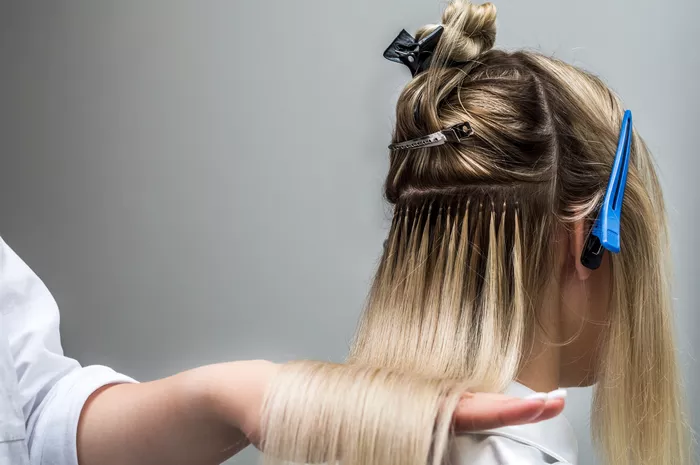Maintaining optimal hair moisture is crucial for promoting shine, preventing breakage, and enhancing overall hair health. In this comprehensive guide, we delve into effective strategies and practical tips on how to keep your hair moisturized, regardless of your hair type or texture.
1. Understanding Hair Moisture
Hair moisture is a delicate balance between water content and the natural oils produced by the scalp. When this balance is disrupted, hair can become dry, brittle, and more prone to damage. Understanding the factors affecting moisture levels is the first step toward achieving and maintaining hydrated, healthy hair.
2. Hydrating from Within: The Role of Nutrition
Proper hydration starts from within. Drinking an adequate amount of water and maintaining a balanced diet rich in vitamins and minerals contribute to overall hair health. Essential nutrients like biotin, vitamin E, and omega-3 fatty acids support hydration and promote hair strength.
3. Gentle Cleansing: The Foundation for Moisture
Choose sulfate-free, hydrating shampoos and conditioners suitable for your hair type. Harsh cleansing agents can strip the hair of its natural oils, leading to dryness. Look for products that prioritize moisture retention and contain ingredients like glycerin, aloe vera, and hyaluronic acid.
4. Deep Conditioning: Nourishment Beyond the Surface
Incorporate deep conditioning treatments into your routine. These treatments provide intense moisture and help repair damaged hair. Use a hydrating mask or conditioner containing ingredients such as shea butter, argan oil, or coconut oil. Apply these treatments regularly to replenish moisture and enhance hair elasticity.
5. Moisturizing Oils: Nature’s Elixir
Natural oils are excellent for locking in moisture and adding shine. Consider incorporating oils like jojoba, almond, or olive oil into your hair care routine. Apply a small amount to the ends of your hair or use them as pre-shampoo treatments to nourish and protect your strands.
6. Protective Styling: Shielding Hair from Environmental Stressors
Protective styles, such as braids or twists, help retain moisture by reducing exposure to environmental factors. These styles prevent moisture loss, especially in dry or windy conditions. Additionally, protective styling can minimize friction and breakage, contributing to overall hair health.
7. Avoiding Heat Damage: Wise Styling Choices
Excessive heat styling can lead to moisture loss and damage. Limit the use of heat styling tools, and when using them, apply a heat protectant to create a barrier against damage. Embrace air-drying or use heat-free styling methods to minimize the impact on your hair’s moisture levels.
8. Regular Trims: Pruning for Health
Regular trims are essential for maintaining healthy, moisturized hair. Trimming removes split ends and prevents them from traveling up the hair shaft, leading to increased moisture retention. Aim for a trim every 8-12 weeks, or as needed based on your hair’s condition.
Conclusion:
In conclusion, achieving and maintaining moisturized hair is a holistic journey that encompasses internal and external care. By understanding your hair’s unique needs and incorporating hydration-focused practices into your routine, you can nurture healthy, luscious locks.
Consistency is key, and adapting your approach based on seasonal changes or shifts in your hair’s condition ensures ongoing hydration. Remember, hydrated hair not only looks vibrant but also feels soft and resilient. Embrace the power of moisture to unlock the full potential of your hair, radiating confidence and beauty at every turn.
Which Shampoos Are Sulfate Free

